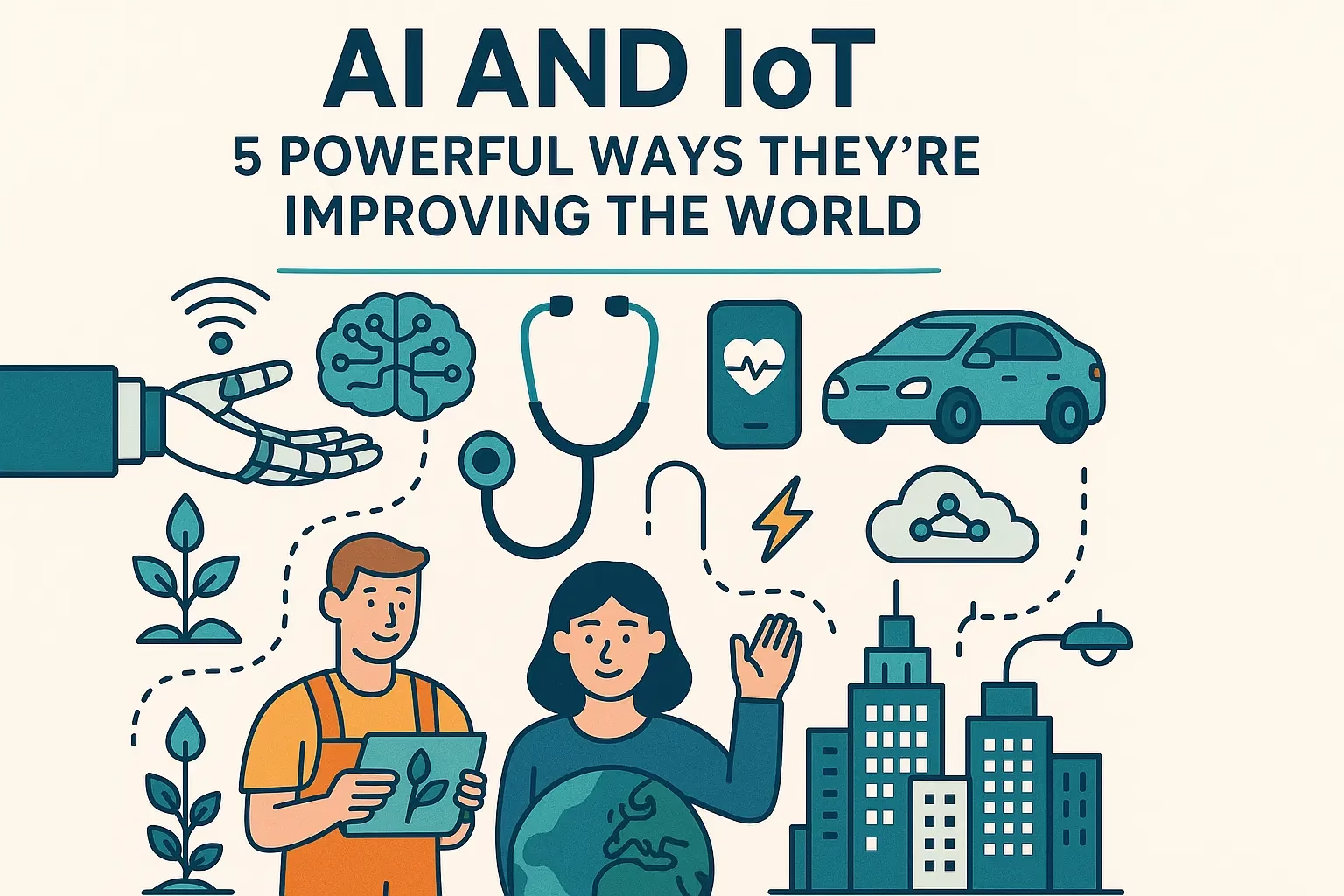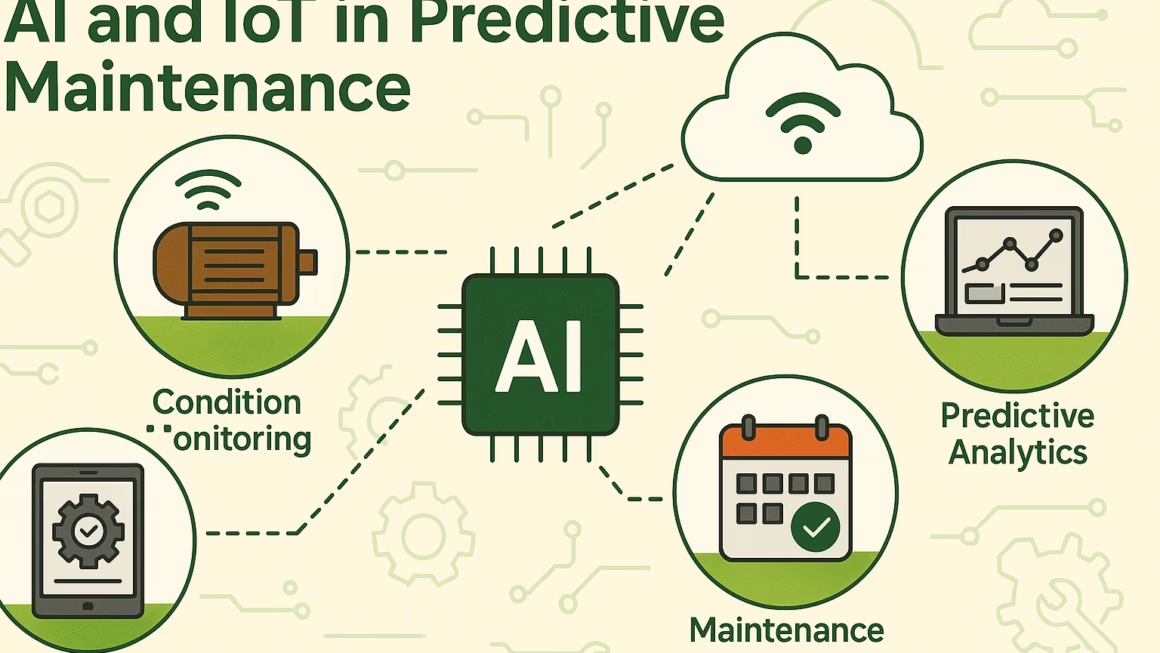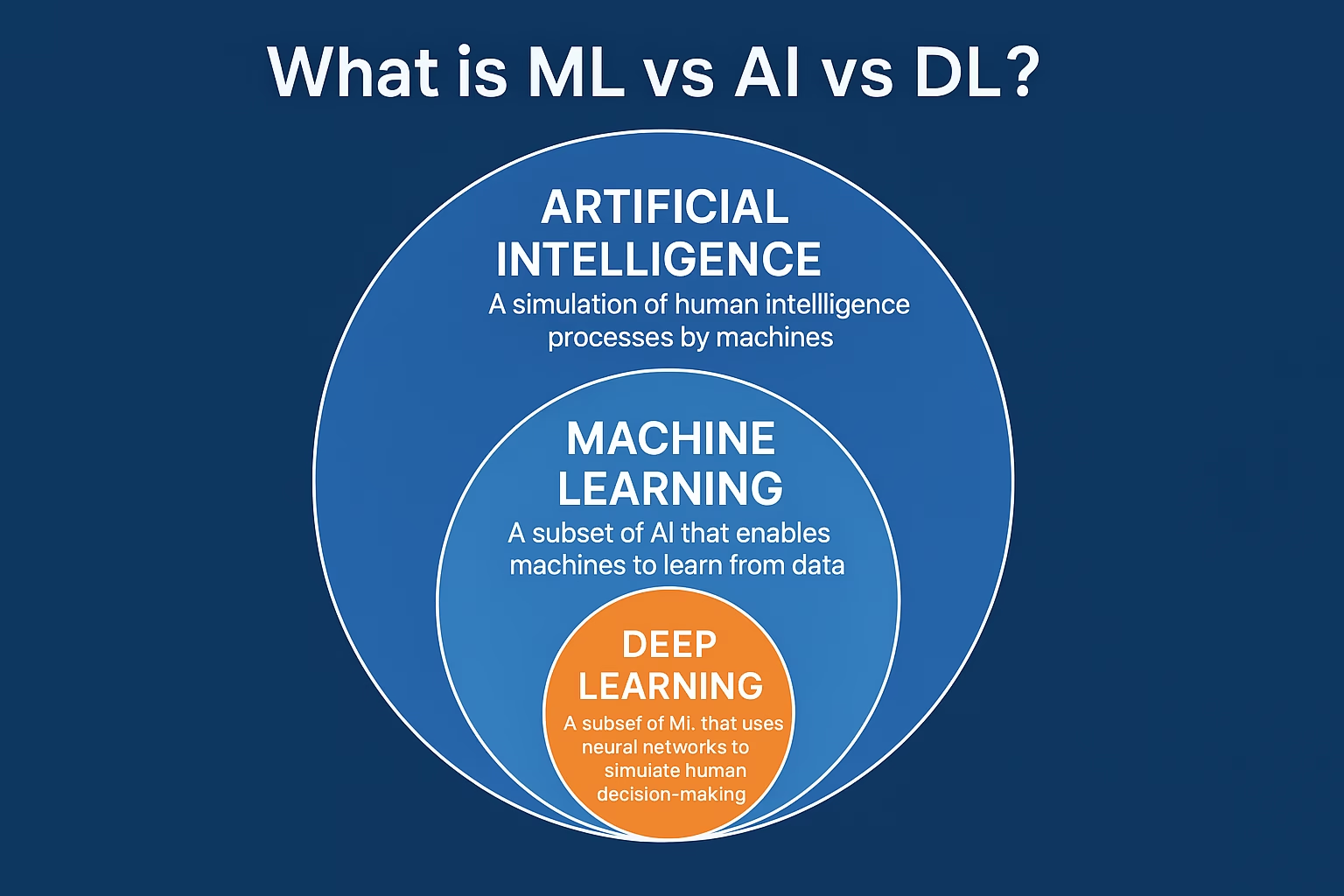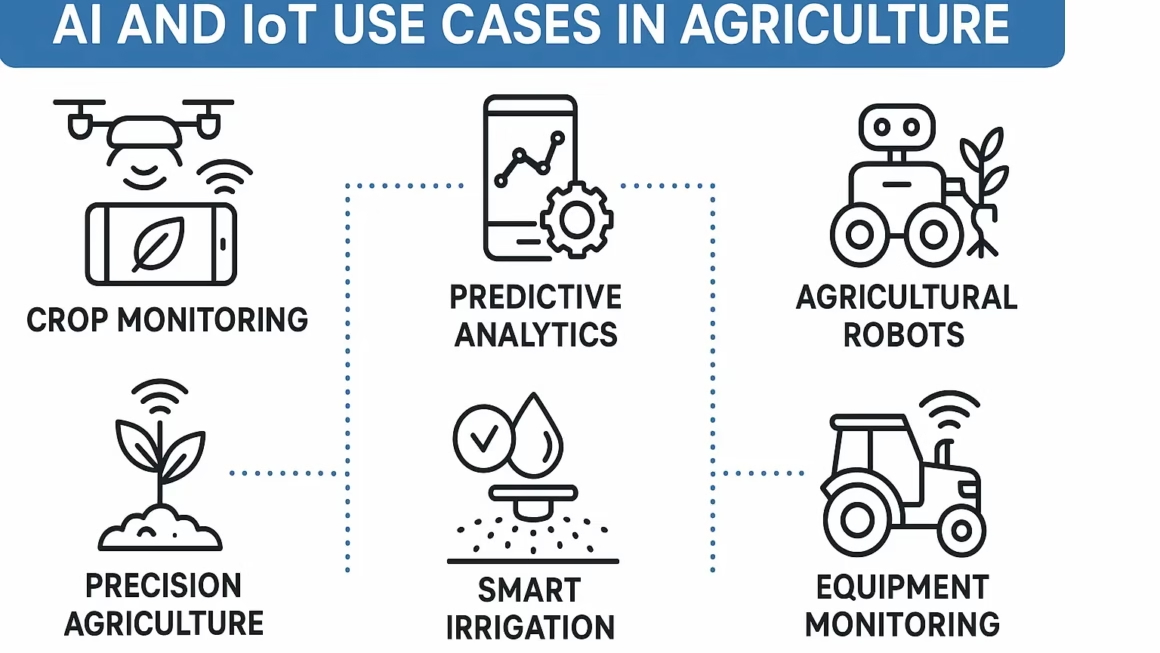AI and IoT: 5 Powerful Ways They’re Improving the World
Applications of digital technologies have carried us to an inflection point, where two crucial innovations, Artificial Intelligence (AI) and The Internet of Things (IoT) are merging to change our world. AI endows machines with self-sufficiency in cognition, learning, and responsiveness, combined with IoT’s ability to interconnect devices and systems to get and distribute information. These combined technologies create the Artificial Intelligence of Things (AIoT), the union between thinking and automatic, intertwined machinery.
It is through this reconciliation that sectors are experiencing a revolution, urban life is improved, and people’s routines are simplified. In this article, we’ll explore how AI and IoT complement each other, explore their joint use, determine the advantages and challenges to expect, and lay out business strategies for AIoT inevitability.
What is AIoT?

The combination of AI and IoT systems generates AIoT, and artificial intelligence powers the infrastructure. IoT devices collect information from smart sensors and connected devices but it is the AI who does the reading of the data, makes decisions, and controls actions automatically.
In essence:
IoT = Collecting information + connecting devices.
AI = Data understanding + pushing meaningful responses.
AIoT drives sophisticated autonomous uses such as smart homes, self driving technology, proactive predictive maintenance and real time health monitoring.
Benefits that accrued from convergence of AI and IoT systems were substantial.
1. Smarter Decision-Making
AI uses real-time data collected by IoT sensors to reach decisions much more quickly and accurately. Such relevant analytics help industries such as manufacturing, agriculture, and logistics to continue reducing waste and to improve performance.
2. Predictive Maintenance
Devices in IoT are placed in industrial environments to measure equipment performance, whereas AI algorithms detect deviations or signs of deterioration. Therefore, organizations can anticipate problems, thereby reducing maintenance expenses and maintain productivity.
3. Enhanced Customer Experience
The AIoT is able to adapt to your habits and smart speakers and personalized health apps will automatically be optimized to improve usability. They personalize settings according to user behaviors and preferences, generating a seamless and suitably customized experience.
4. Increased Operational Efficiency
With the support of AI, IoT data is used to maximize energy performance, optimize shipping routes, and automate day-to-day aspects to make operations more efficient and less cumbersome than before.
5. Improved Safety and Security
Using AI technology, surveillance systems connected with IoT cameras can monitor for problems such as security breaches, fire dangers, or working malfunctions and respond promptly by notifying responders or controlling automated fixes.
Real-World Applications of AIoT

1. Smart Homes
These linked devices form a part of what is thought to constitute a smart home such as thermostats, lighting systems, and security cameras. AI provides these devices with the means of customising their functions for users making the daily routines more efficient and secure as well as more convenient.
2. Healthcare and Remote Monitoring
Monitoring devices such as smart watch and fitness bands monitor statistics of heart rate, sleep quality and activity levels. Through the analysis of such data, AI can offer insightful health guidance or alert doctors of vital health flags—expedite innovation in telemedicine and virtual care.
3. Smart Cities
By the integration of AI and IoT, city infrastructures need modern applications such as intelligent traffic management, advance waste systems, improved water distribution networks and advanced energy grid operations. Artificial intelligence simplifies traffic patterns, saves energy, and makes cities a better place to live in.
4. Agriculture and Farming
Regular soil and environmental examination or monitoring are made by agricultural IoT systems, including humidity and crop health. Due to AI, with the help of AI decisions made on planting, irrigation, and harvesting times depend on the analysis of data, and so the yields are increased and the consumption of resources reduced.
5. Industrial Automation
Industry 4.0 uses AIoT technology in a number of ways such as managing robotic machinery, controlling assembly processes and regulating supply chain functions within smart factories. Artificial Intelligence increases quality of product through dynamic data analysis and automatic adjustments.
6. Retail and E-commerce
Retail businesses adopt AIoT for a smart shelf, no interruption stock monitoring, and personalised marketing. For instance, AI can analyze data gathered by IoT sensors in stores and allow companies to push targeted products and customize prices based on customer behavior.
Challenges in Implementing AIoT

it puts a number of hurdles before it even though it is potentially a great deal:
1. Data Privacy and Security
IoT (Internet of things) devices gather huge amounts of sensative information. Under weak encryption and privacy controls, such a data can easily become a target of cyber attack, a breach of access or monitoring.
2. Infrastructure Complexity
Creating and administrating an AIoT environment requires investment in cloud platforms, edge technology, and systems that can make real-time data processing.
Adoption of different interoperable standards that are necessary for AIoT systems has proved problematic for many companies.
3. High Costs
Deployment of AIoT system also involves expensive capital spend, especially in the form of hardware buy, training AI models and the integration of the technological stack. From a long term perspective, the financial benefits tend to cover the initial costs.
4. Regulatory Compliance
Different international standards adopt varying approaches when it comes to rules governing data, AI ethical guidelines and IoT sector communication guidelines. Dealing with the varied regulatory requirements can present major challenges to companies who operate on an international scope.
5. Lack of Skilled Workforce
Identifying people who are knowledgeable in both artificial intelligence and internet of things is a tedious task. Efforts to eliminate skill deficiencies are required in order to tap fully into the potential of AIoT solutions.
Moving forward, the AIoT landscape will be likely to have developments like:
- Edge AI: Deploying AI functionality on edge devices of IoT to reduce latency and reliance on near-constant cloud connections.
- 5G Integration: Connectedness improvement will enable devices to connect and transfer data within seconds, hence improving device interoperability.
- Autonomous Systems: AIoT technology will be central to developing autonomous vehicles, drones and robots thus enhancing Mobility and automation.
- Sustainability: AI guided resource management and intelligent grid setup will form the backbone of swifter actions towards greener urban landscapes and the conservation of energy.
- Healthcare Revolution: AI will be used more and more in healthcare in terms of personalized diagnostics and direct measuring of patient condition.
Sailing through the AIoT Future: Key Preparatory Steps

1. Invest in Infrastructure: It is necessary for entities to increase their network capabilities, sensor technology, and computational platforms to support AIoT applications well.
2. Embrace Cloud and Edge Technologies: Provision hybrid cloud strategies with edge computing for more scalability, real-time capabilities, thereby providing more quality control.
3. Train Your Workforce: Support the development of skills in employees of machine learning, data science, IoT engineering, and cybersecurity.
4. Prioritize Cybersecurity: Put first the data protection and make sure that the encryption and rigorous privacy measures is in place for all the users.
5. Partner with Experts: Collaborate with professionals in artificial intelligence and the Internet of things to develop systems that are future-focused.
Conclusion
The introduction of AIoT, AI alongside IoT, drastically changes how technology connects to us. By endowing devices with both connectivity and intelligence, AIoT enables more efficiency, better responsiveness and higher adaptability between corporations, cities and people’s lives.
Despite the challenges that our current issues of privacy, expenditure in supporting technology and the foundations of technology present, the benefits of AIoT are way above the hurdles. With the acceptance of AIoT increasing, it will be a dominant part of the future of our smart homes, predicting business success, and driving sustainable change.




3 thoughts on “AI and IoT: 5 Powerful Ways They’re Improving the World”